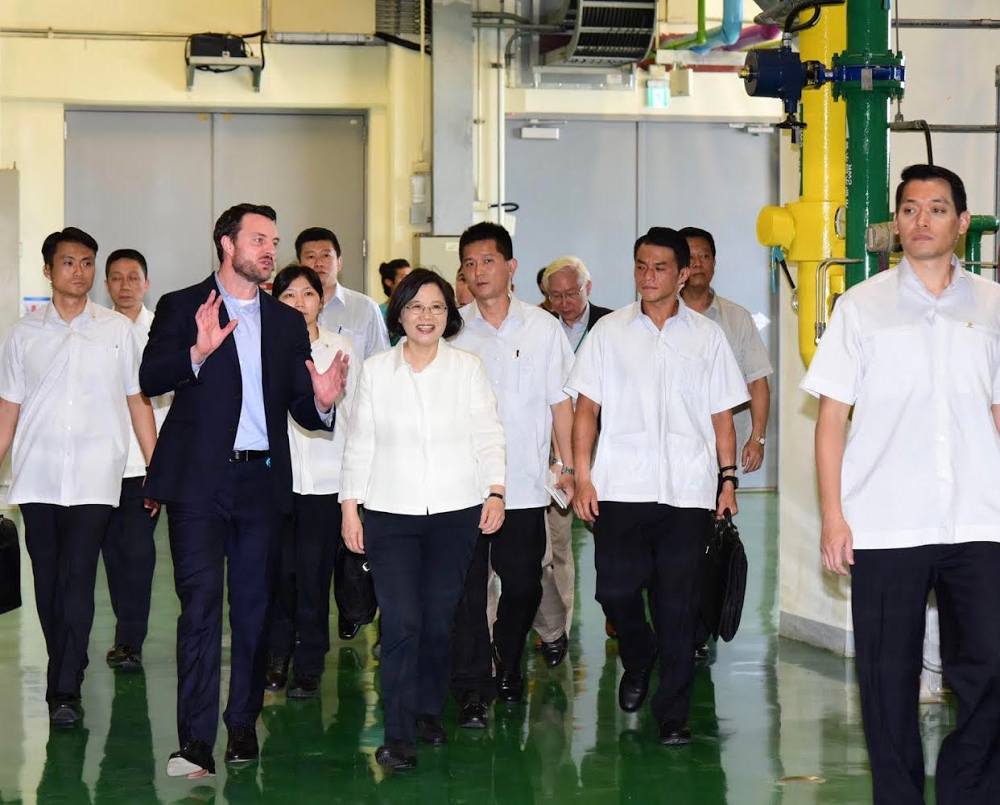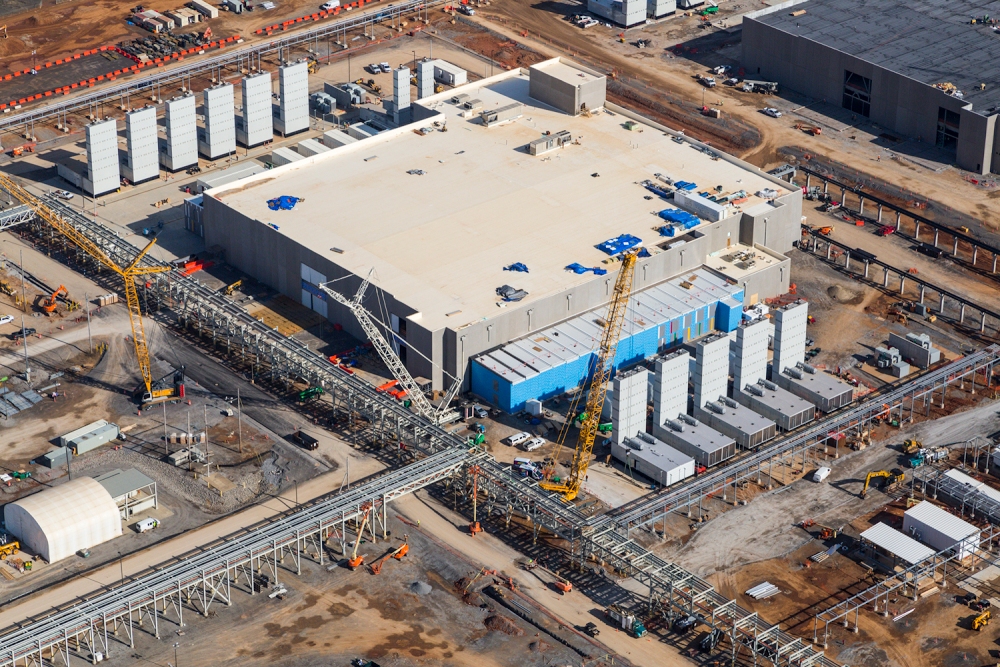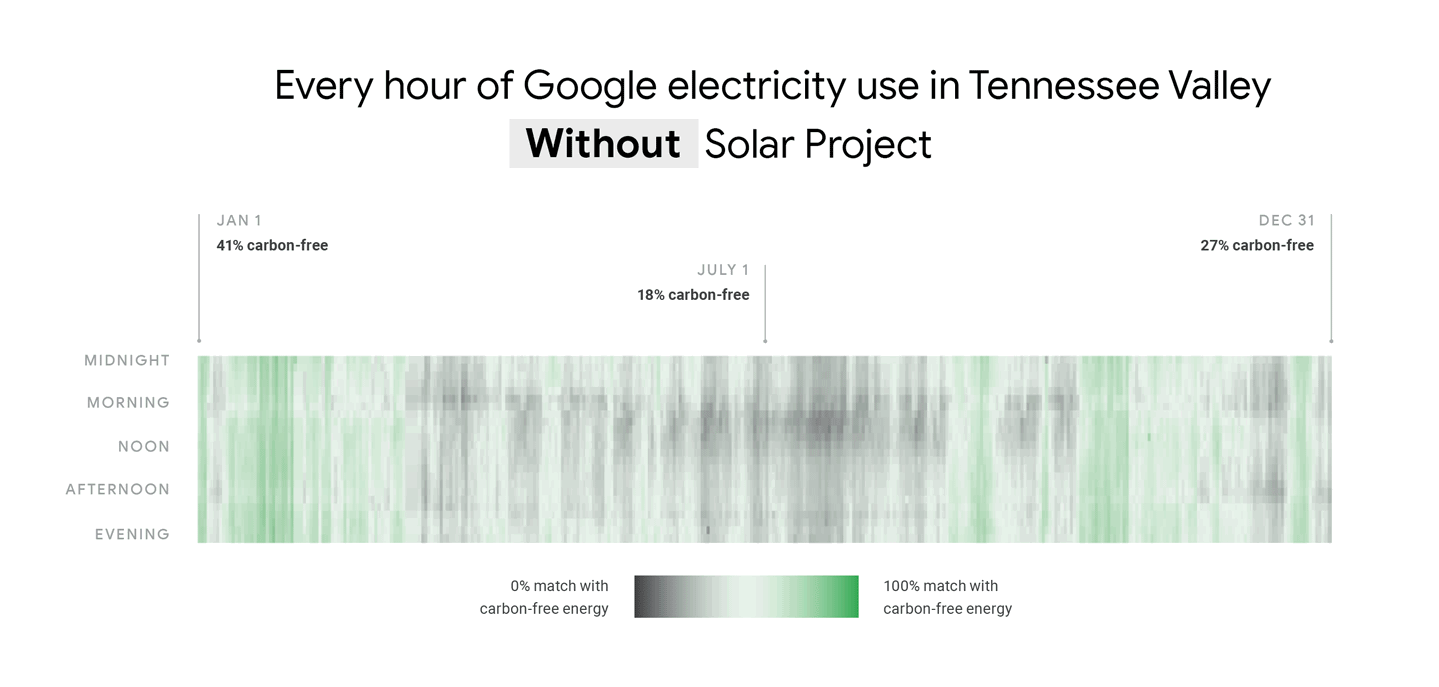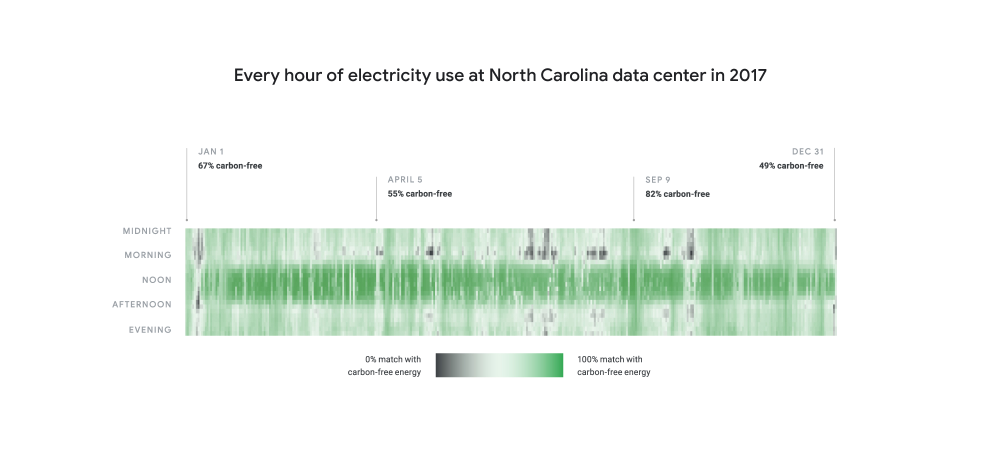Since 2010, we’ve signed on to more than 30 solar and wind projects across the Americas and Europe, making us the world’s largest corporate purchaser of renewable energy. Today we’re adding a fourth continent to our clean energy portfolio: Asia.
We’ve signed a long-term agreement to purchase the output of a 10-megawatt solar array (which is part of a larger solar farm) in Tainan City, Taiwan. This deal is a result of collaboration between Google, industry stakeholders and the Taiwanese government—which recently amended Taiwan’s Electricity Act to allow non-utility companies to directly buy renewable energy and decrease their carbon footprints. We’re the first corporate power purchaser to act on this renewables-friendly change to the law.
Standing 40,000 solar panels strong, our project in Taiwan will be located 100 kilometers south of our Changhua County data center and connected to the same regional power grid. As the Taiwanese government pursues further measures to remove market barriers and reduce renewable energy costs, we’re hopeful that more companies will purchase renewable energy, driving even larger projects across Taiwan.
Google’s effort to add more renewable energy in Taiwan builds on our longstanding collaboration with governments and utilities worldwide to make clean power more accessible. As far back as 2013, we’ve worked hand-in-hand with our North Carolina electricity provider, Duke Energy, to develop a program that enables companies to source power from local solar farms. Similarly, last year we finalized an arrangement with the state of Georgia that allows corporations to buy renewable energy directly through the state’s largest electric utility.

Gary Demasi, Senior Director of Data Center Energy and Location Strategy, gives President Tsai Ing-Wen a tour of our Taiwan data center.
For Google, the solar purchase agreement provides a long-term and fixed electricity price to support our operations in Taiwan; it will also boost the carbon-free profile of our local data center. In addition, it’s a step in the right direction for grid reliability and Taiwan’s broader energy supply mix, which the government wants to expand and make more renewable in the coming years.
Thanks to our development partners Diode Ventures, Taiyen Green Energy (臺鹽綠能),J&V Energy (雲豹能源) andNew Green Power (永鑫能源), the project will have a unique design and community impact: poles will be mounted into commercial fishing ponds (pictured below) to elevate solar panels several feet into the sky. This setup will maximize land-use efficiency (important in a densely populated region), respect local ecology (fish and solar panels can coexist peacefully), and generate local economic benefits (the fishing community will be compensated for hosting solar panels on its ponds).

The Taiwanese energy developer New Green Power (永鑫能源) will deploy 40,000 solar panels for Google across commercial fishing ponds, in a way that maximizes land-use efficiency and benefits local aquaculture workers.
Our inaugural renewable energy project in Asia is an encouraging example of what’s possible when forward-thinking government officials, local stakeholders and companies work together for a brighter future. A policy landscape offering a clear path to cost-effective renewable power procurement is essential as more people and more organizations look to access carbon-free energy. We applaud Taiwan for giving the green light to green energy initiatives like ours—the first of hopefully many more in the region.



